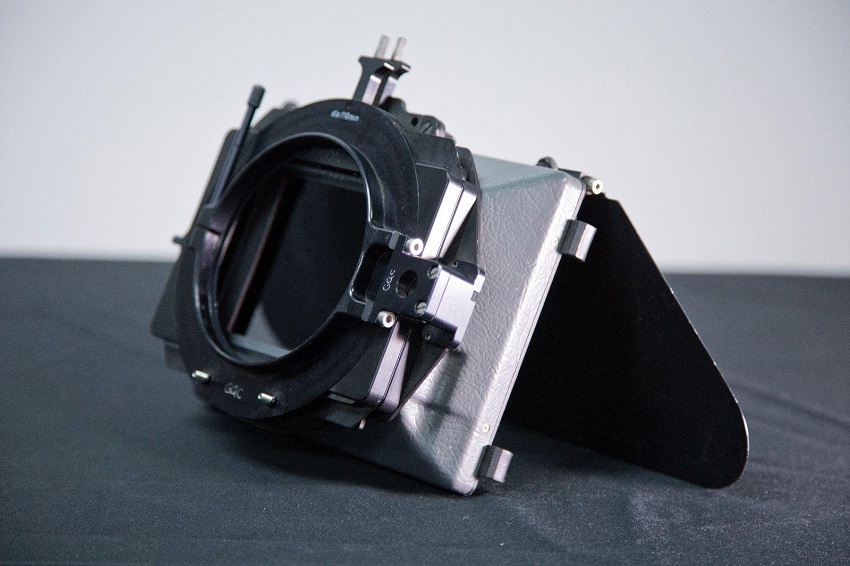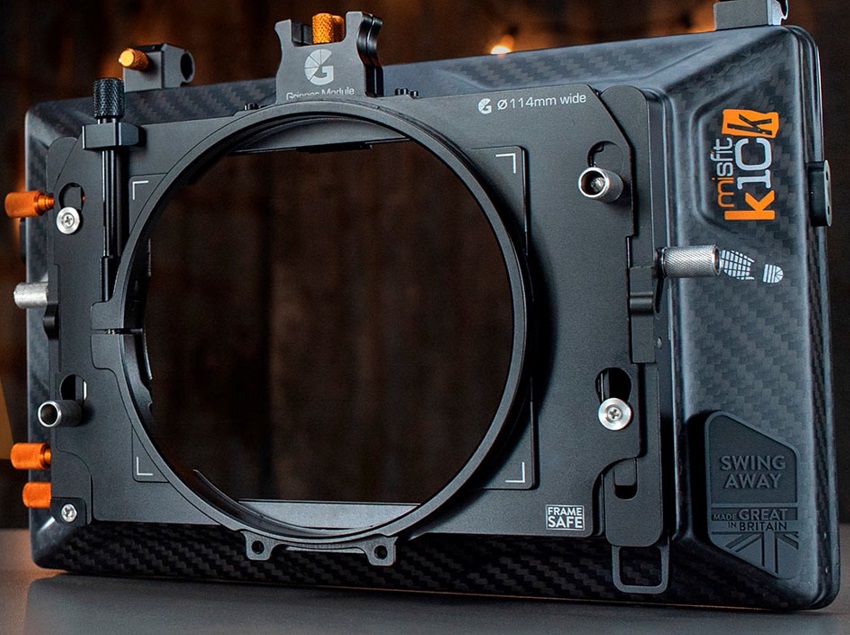
30 Jul What is the Difference Between 2-Stage and 3-Stage Matte Box?
If you’re a filmmaker or a photographer, you’ve probably come across the terms “2-stage matte box” and “3-stage matte box.” These are essential accessories used in the world of cinematography and photography to control light, reduce glare, and enhance the overall visual quality of the images. In this article, we’ll explore the differences between these two types of matte boxes and their respective advantages. This article is provided by magazinzoo.com
Understanding Matte Boxes
Before diving into the differences, let’s have a quick overview of what a matte box is. A matte box is an attachment that mounts in front of the camera lens. It acts as a shading device to prevent unwanted light from entering the lens, which could lead to lens flares or reduced contrast in the footage.
Matte boxes are commonly used in professional film and photography setups, especially when using external filters or accessories like square or rectangular ND filters, polarizers, and more. They are an integral part of the camera rig, allowing cinematographers and photographers to have more control over the shot’s aesthetics.
The 2-Stage Matte Box
The 2-stage matte box is the simpler of the two types. As the name suggests, it has two filter stages, which means it can hold up to two filters at a time. These filters can be rotated and adjusted according to the requirements of the shot.
The primary advantage of a 2-stage matte box is its compact and lightweight design, making it an ideal choice for those in need of portability. Whether you’re a documentary filmmaker or photographer shooting on the go, the 2-stage Matte Box or ND Filters can provide the convenience and ease of use you need to create beautiful imagery without sacrificing mobility.
The 3-Stage Matte Box
On the other hand, the 3-stage matte box is a more advanced and feature-rich option. As you might have guessed, it can hold up to three filters simultaneously, offering more flexibility and creative control over the captured images or footage.
The 3-stage matte box is commonly used in professional film productions, especially those involving complex lighting setups and a variety of filters. Cinematographers who require multiple filters, such as ND filters, gradient filters, and effects filters, benefit from the versatility provided by the 3-stage matte box.
Advantages of the 3-Stage Matte Box
- Versatility: One of the most significant advantages of the 3-stage matte box is its ability to accommodate multiple filters simultaneously. This feature allows cinematographers to experiment with different combinations of filters to achieve unique and artistic effects.
- Precise Control: With three stages available, filmmakers can fine-tune the positioning and alignment of each filter precisely. This level of control is especially crucial when dealing with complex lighting scenarios or when using specialty filters.
- Reduced Filter Swapping: Having three filter stages reduces the need for frequent filter changes. Cinematographers can set up the matte box once and then focus on capturing the desired shots without interruption.
Choosing the Right Matte Box for Your Needs
The choice between a 2-stage and a 3-stage matte box depends on your specific requirements and shooting style. If you primarily work in fast-paced environments and value portability, a 2-stage matte box might be the better option. On the other hand, if you seek maximum control over your footage and frequently use multiple filters simultaneously, investing in a 3-stage matte box is a wise decision.
In conclusion, both 2-stage and 3-stage matte boxes are valuable tools in the world of cinematography and photography. While the 2-stage matte box offers simplicity and ease of use, the 3-stage matte box provides unparalleled versatility and control. Ultimately, your choice should be based on the demands of your projects and your creative vision.
FAQs
Can I use square filters in both 2-stage and 3-stage matte boxes?
Yes, both 2-stage and 3-stage matte boxes can accommodate square filters. Square filters are commonly used in matte boxes for their flexibility and the ability to stack multiple filters together.
Are matte boxes compatible with all camera lenses?
Matte boxes are generally designed to fit a wide range of camera lenses. However, it’s essential to check the matte box’s compatibility with your specific lens diameter before making a purchase.
Do matte boxes eliminate lens flares entirely?
While matte boxes significantly reduce lens flares, they may not eliminate them entirely, especially when shooting directly into strong light sources. However, they provide much better control over unwanted light than shooting without a matte box.
Can I use a 3-stage matte box with just one or two filters?
Yes, you can use a 3-stage matte box with fewer than three filters. It allows for flexibility, so you can have fewer filters when needed and expand to three filters when necessary.
What materials are matte boxes typically made from?
Matte boxes are often made from lightweight and durable materials such as aluminum or carbon fiber, ensuring they do not add unnecessary weight to the camera rig.

No Comments